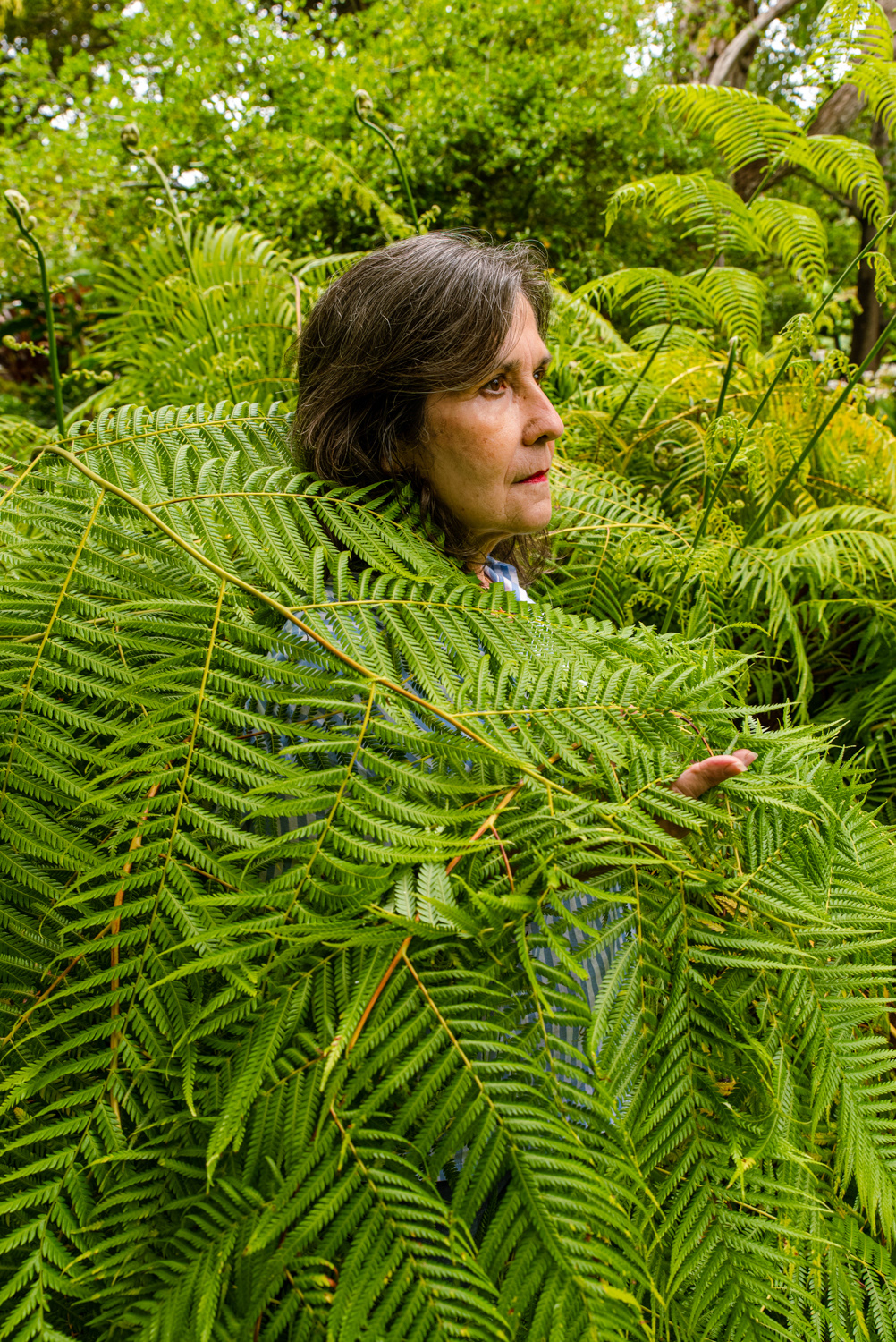Jardín de naturalización (The Garden of Naturalisation), 2021
It is an artistic research about naturalisation of immigrants in Spain or how the natural sciences can define a national identity.
People who come from the former colonies represent a significant part of naturalised citizens in Spain. But, they are not always considered an integral part of Spanish culture like tomatoes or potatoes. People with a migration background are often depicted as "invasive" plants. I am eager to use photography and research to deconstruct these stereotypes.
In law, naturalisation describes the process of becoming a citizen of another country. It intends to assess whether the foreigner is integrated into the receiving society. They should meet the requirements to be recognised as citizens with the same rights as a native one.
Naturalisation is also a concept used in the natural sciences. It refers to the process of introducing exotic species into a new environment. In nature, naturalisation can occur accidentally. But, it is usually a process run and operated by humans. They pursue the benefits of the introduction of new species.
Spain has a long tradition of acclimatising exotic species with high commercial value. From colonial times until today, the country has played an essential role in growing fruits and vegetables in Europe.Spain has also become one of the leading "gardens of naturalisation" of foreigners in the EU.
Between 2010-2019, 1.285.656 people acquired Spanish citizenship (source: Eurostat). There is little known about these "new" Spaniards. Some have strong historical links with Spain (e.g., Latino-Americans and Moroccans) and others have not (e.g., Eastern Europeans). Unlike France or the UK, Spain did not yet offer them the opportunity to play an important part in public life.
Until recently, Spain was not considered a country of immigration. The latter has a scarce visual account of people who came here. I am eager to address this gap through my photography project. I want to photograph people whose relationship with Spain is based on a personal decision.
This interdisciplinary project also aims at broadening the definition of Spanish identity. The latter has been a recurring element in Spanish photography. However, the search for roots is often limited to folklore, religion or literature.
This project is supported through a Mead Fellowship Award awarded by the University of the Arts London.





